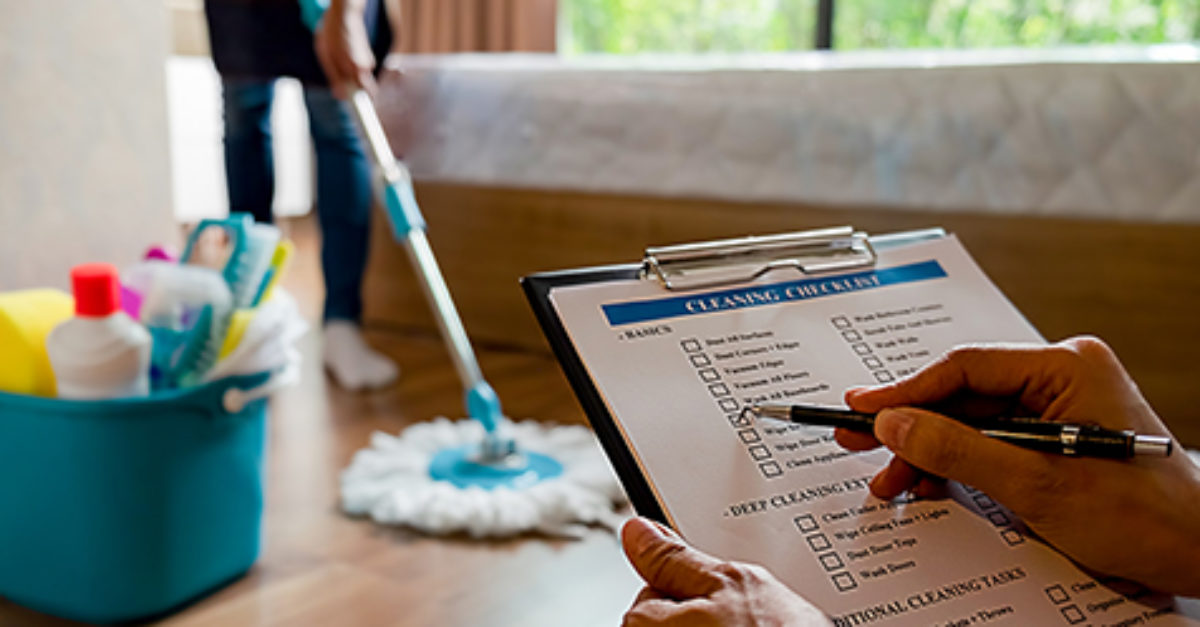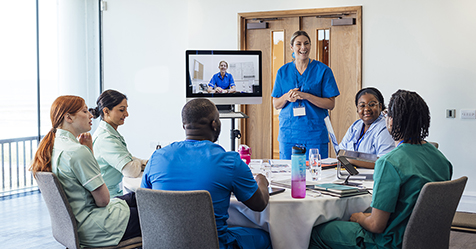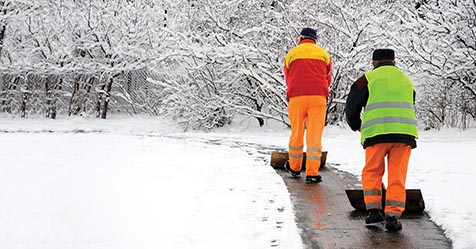How does an environmental services (EVS) technician approach his or her responsibilities in thwarting the spread of pathogens? Is infection control a conscious awareness or a trained response? From my observations, the answer is both. The technician must make a conscious effort to prevent the transmission of infectious pathogens. It is the employer’s responsibility, however, to train the technician to follow an established program of cleaning and apply confirmed protocols. The gray area in infection prevention is where the subjective interpretation of clean meets the objective interpretation of clean. Here are a few ways to remove the gray areas in your operations.
Set cleaning protocols
Are your employees following established protocols? I often question technicians about their understanding of safety data sheets (SDS). More often than not, I receive an ambiguous answer. This suggests to me that training is cursory—not defined or reinforced with a demonstrated response of understanding the importance of the SDS.
I believe we all understand the importance of SDS in the daily use of chemicals, especially disinfectants. I will presume health care EVS organizations train their employees on the Occupational Safety and Health Administration’s (OSHA’s) Hazard Communication Standard that encompasses the SDS sheets. So why do the technicians I questioned have vague answers about SDS sheets? Make sure standard cleaning protocols are not only followed but are also understood.
Provide clear instructions
Workers expose the gray area again when they appear to lack an understanding of the cleaning regime. The process of cleaning is designed to be efficient. What would you say if you observed a technician enter a vacant patient room and immediately begin to mop the floor? We can agree this is not the correct starting point. Did the employer give the cleaner a set of work instructions that provides a step-by-step plan on cleaning activities? My observation is probably not. To avoid self-direction, managers should provide written work instructions for proper cleaning and disinfection to every technician for easy reference. The technician can refer to this step-by-step checklist instead of relying on memory.
Inspection does not come naturally
Do the technician, supervisor, and quality control technician know how to inspect? Objective appraisal is the process of looking at a surface to determine if it is clean. The inspection process requires training in how and where to look. Here are a few tips
for inspections:
Get down on the floor—Inspectors should be able to stoop down low or get on their hands and knees to look under a bed. (Hey, it is good aerobics!) Ensure there is no hair, dust, or particulate matter remaining after cleaning. The same goes for bed rails. Blood on railings and other surfaces is an infectious situation and a serious threat to the next patient in that room.
Use a flashlight to drive deeper cleaning—You cannot see dirt, debris, hair, dust, or blood without light. Room light does not shine beneath a bed or a table. A flashlight is a necessary instrument to check for the absence of dirt. There can be no gray area! Either it is clean or it is not clean.
Implement a checklist process—Provide workers with a checklist to review and to score deficiencies. Everyone is an integral part of infection control.
Do inspections daily—Inspections must happen every day in every room to prevent pathogen transmission. Consider how much it costs to re-clean a room should nursing staff say it is not acceptable.
Look for gaps in training and quality control
Monitor your training program and the quality control program daily. Use the Cleaning Industry Management Standard (CIMS-GB) for guidance in providing comprehensive structure for your organization and identifying your operational gaps.
Training does not have to be lengthy to be effective. But training must be effective. Remember, health care-acquired infections (HAIs) not only cost money, but more importantly, they can negatively affect a person’s complete recovery or can cost their life. In our profession we must protect patients, hospital staff, and visitors. Infection prevention and practice is a conscious act that requires continual training. Look for and remove the gray areas in your operations.
Environmental Checklists and Gap Analysis Materials
- Association for Professionals in Infection Control and Epidemiology, apic.org
- Cleaning Industry Management Standard–CIMS-Green Building, issa.com/certification-
standards/cleaning-industry-management-standard-cims - Protecting The Built Environment: Cleaning for Health by Dr. Michael A. Berry, available at various online book retailers




